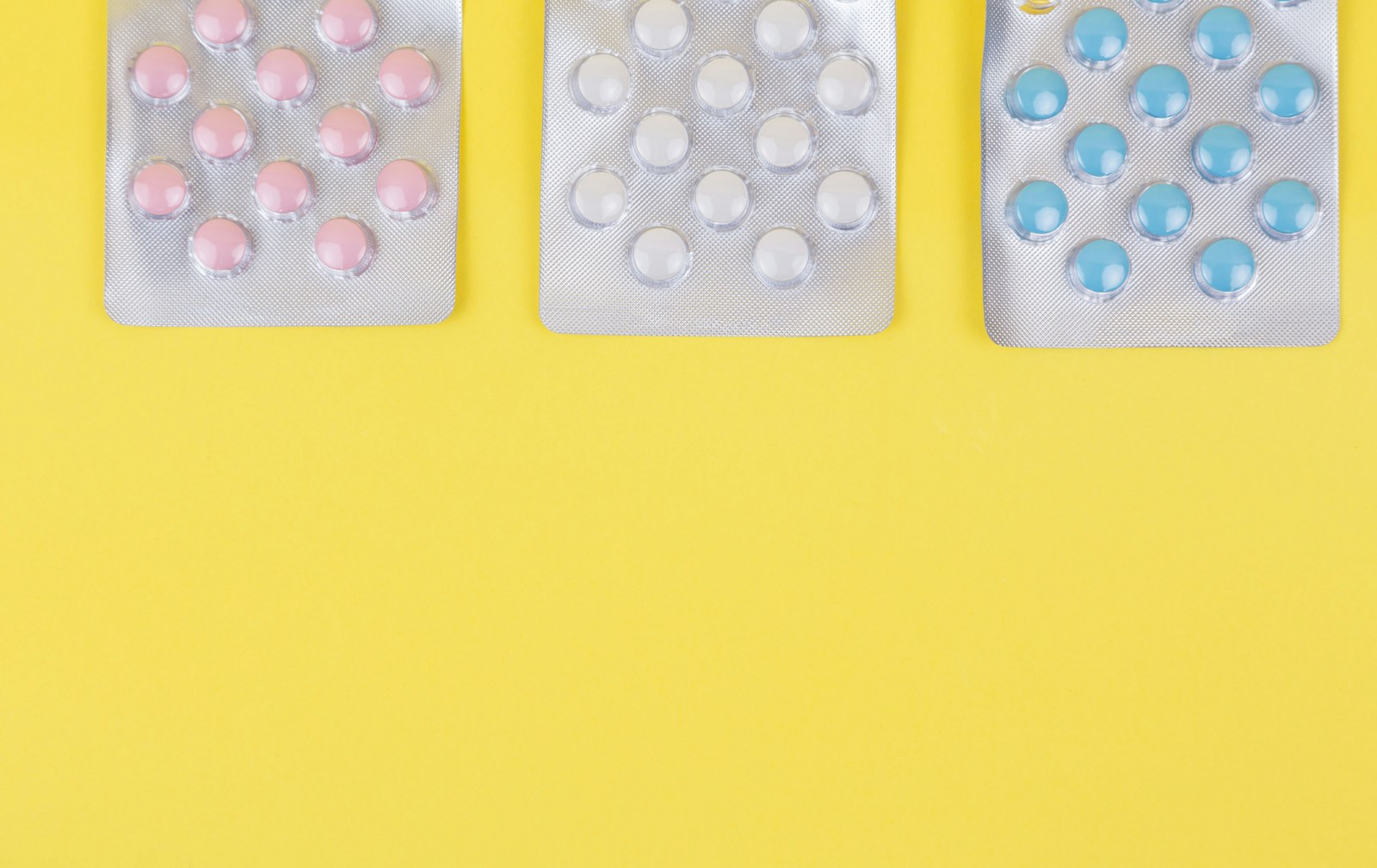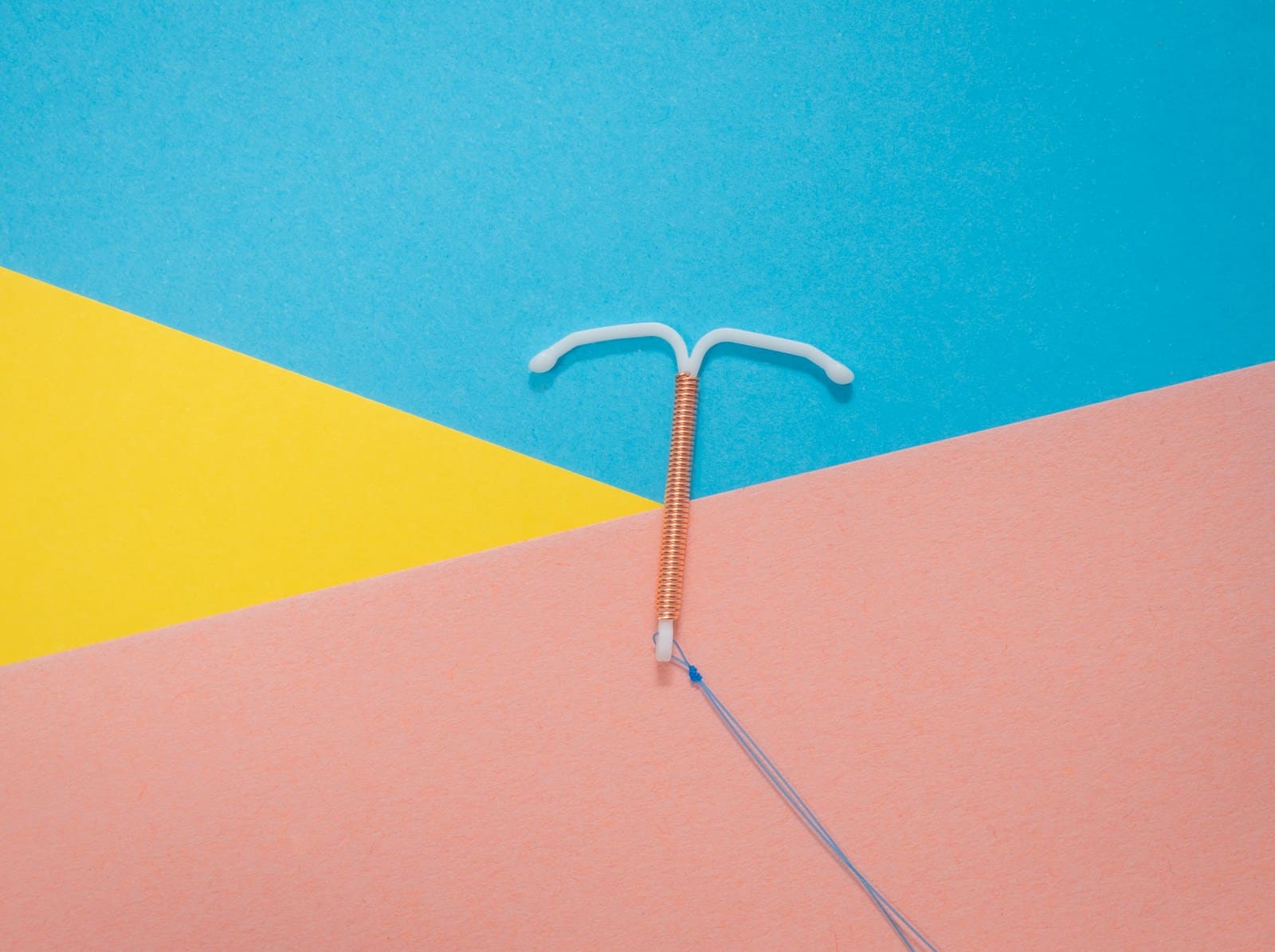Taking part in regular exercise has been shown to boost the dopamine levels in your brain, which helps to reduce stress and even combat depression. Exercise also helps to raise the testosterone levels in your bloodstream. This helps to improve your strength and stamina when you are actually exercising. If all of this wasn’t enough, physical activity can also lead to a better insulin response. This means your body will be able to use the glucose found in the foods you eat more effectively.
Despite knowing the benefits of staying active, for many of us, getting on top of a regular exercise regime can be challenging. Our busy lives, limited resources and precious ‘free’ time mean that making time to exercise isn’t always a priority. Hormonally is here to remind you that staying active brings great benefits beyond the physical and is therefore worth prioritizing.







